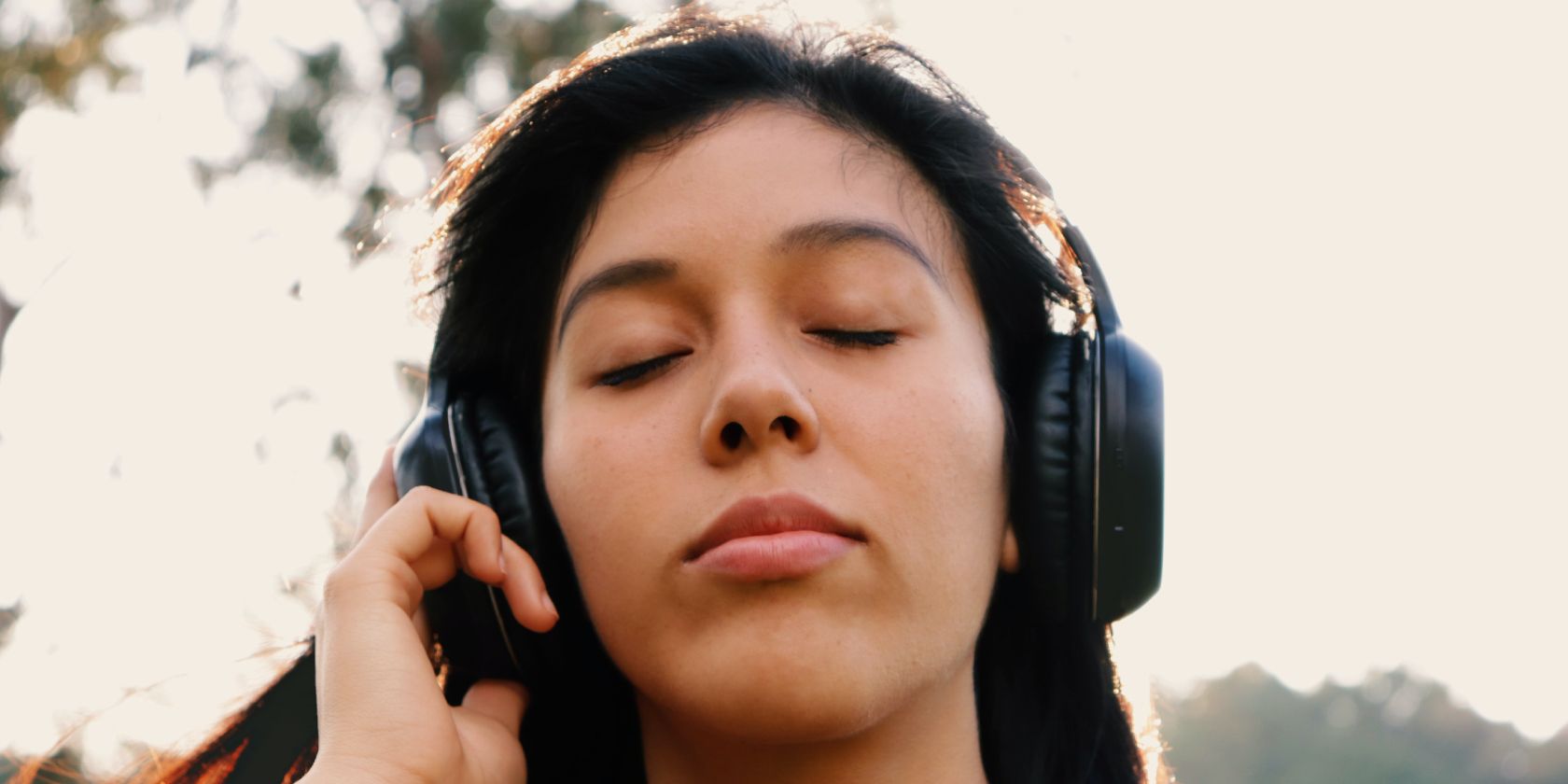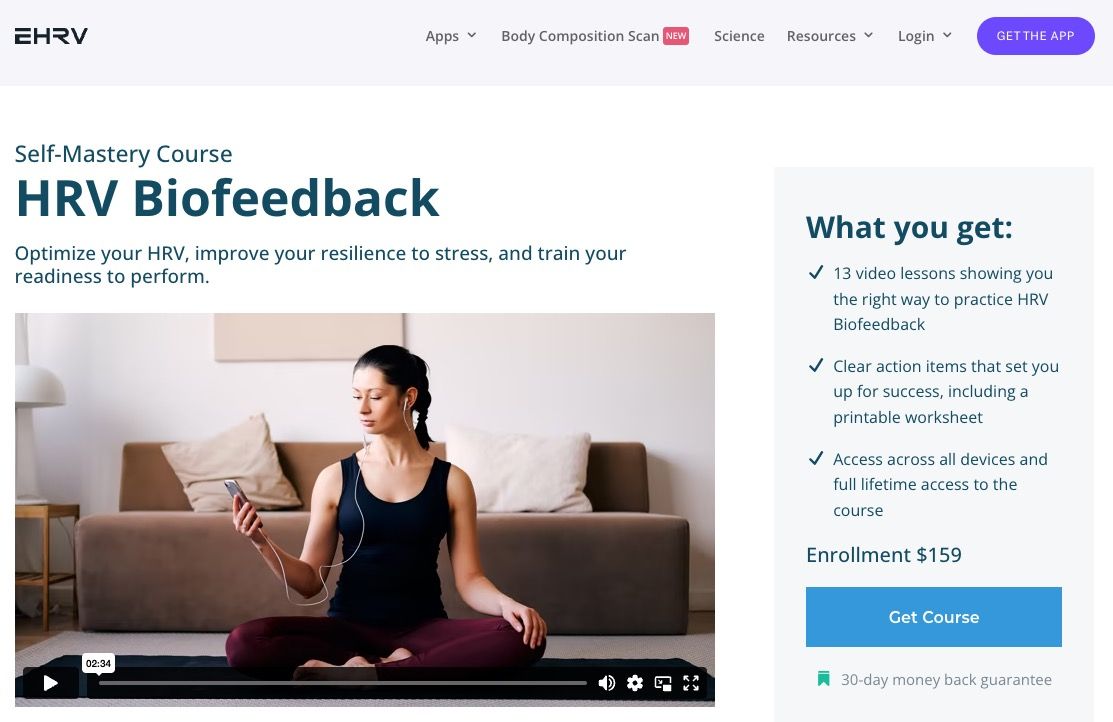Biofeedback technology has become increasingly popular in recent years as a tool for managing stress, anxiety, and a variety of other health conditions. But what exactly is biofeedback, and how does it work?
Explore everything you need to know about biofeedback technology, from its history and scientific basis to the different types of devices and applications available today.
Biofeedback Background and Uses
Biofeedback technology has its roots in the field of psychophysiology, which studies the relationship between the mind and body. The idea behind biofeedback is that by giving you real-time feedback on your bodily functions—such as heart rate, breathing rate, and muscle tension—you can learn to control these functions and improve your health and well-being.
The field of biofeedback has expanded to encompass a wide range of devices and applications. It includes everything from wearable sensors and smartphone apps to sophisticated, clinical-grade EEG machines that can measure brainwave activity.
With each new advance in technology, biofeedback becomes more accessible and more effective at helping regular people manage a variety of health conditions, from chronic pain to anxiety disorders. As the field continues to evolve, researchers are exploring new applications for this powerful tool, from enhancing athletic performance to improving workplace productivity.
Types of Biofeedback Devices
There are various biofeedback devices on the market and they all take a different yet innovative approach to what they do. For example, the HeartMath Inner Balance device and app for Android and iPhone use visual and audio feedback to promote relaxation and reduce stress levels.
It consists of a sensor that clips onto your earlobe and communicates with the smartphone app via Bluetooth. The device measures heart rate variability (HRV), a measure of the variation in time between each heartbeat, and provides feedback about your HRV in real time.
Feedback on the app is visual, in the form of a moving graph that changes based on your HRV levels. The goal is to train you to achieve coherence, a state where the heart rhythm becomes more regular and synchronized with the breathing pattern.
Achieving coherence has been shown to have a positive impact on the autonomic nervous system, leading to reduced stress, improved mood, and better overall health.
Another biofeedback app is Elite HRV, which recommends using a heart rate monitor strap to get the most accurate readings (the need for specialized hardware is supported by the fact that heart rate tracking apps are not that accurate).
Elite HRV also offers courses on its website for how to train your nervous system like you would your muscles. While there are many websites you can visit to train your brain, biofeedback is next level.
By connecting a compatible HRV device to your smartphone, the app provides you with detailed HRV readings, trend analysis, and wellness scores. It also offers features such as guided breathing exercises, biofeedback games, and daily tips on how to improve your HRV.
Another popular biofeedback device is the Muse Headband, which provides you with real-time feedback on your mental state using electroencephalogram (EEG) technology. The headband's EEG sensors track activity in the prefrontal cortex, the part of your brain associated with cognitive functions such as attention, focus, and relaxation.
The Muse Headband pairs with a mobile app, which uses data collected by the headband to provide real-time feedback on your mental state. For example, as your mind becomes more distracted, the sound of rain will increase. As your mind becomes clearer, the rain will begin to stop.
By providing real-time feedback, the device helps users understand how their thoughts and emotions affect their mental state during meditation. Muse claims that over time, this feedback can help you develop better meditation habits and improve your overall mental well-being.
As mentioned, there are many types of biofeedback stimulation. The Apollo Neuro is a wearable device that uses low-frequency vibrations to stimulate the nervous system and improve mood, focus, and sleep.
The device is worn on the wrist or ankle and connects to a smartphone app that provides various vibration patterns to support different outcomes, such as relaxation or energy.
The device works by sending gentle vibrations that mimic the natural frequency of the body's vagus nerve, which is responsible for regulating the nervous system's response to stress. By stimulating the vagus nerve, the device can help regulate heart rate variability, decrease cortisol (the stress hormone) levels, and promote feelings of calm and relaxation.
Research by Apollo in 2021 found that using the device increased participants' deep sleep by 19%, increased the amount of sleep by 30 minutes per night, and increased REM sleep by 14%.
The Science Behind Biofeedback
The science behind biofeedback is based on the idea of operant conditioning, a psychological theory that suggests that behavior can be modified through positive and negative reinforcement.
As with the devices mentioned above, you can receive feedback on your physiological responses through visual, audio, or tactile signals, and can be taught techniques to control those responses, such as deep breathing or muscle relaxation exercises.
Over time, with regular practice, you can learn to regulate your physiological responses without the need for external feedback.
How to Maximize Results Using Biofeedback Technology
If you're thinking of picking up a biofeedback device, here are some tips to maximize your results:
- Use whatever device helps you regularly and consistently achieve to see the best results. Most biofeedback devices work by training your body to respond to stress more positively, so consistent practice is key.
- Biofeedback is not a quick fix, and results may take time. Be patient and stick with the practice.
- Biofeedback devices often work in tandem with mindfulness techniques. Try to stay present and focused while using the device and incorporate mindfulness practices into your daily routine.
- Set goals. Decide what you want to achieve with the device and set goals. This will help you stay motivated and track your progress.
- Seek guidance. If you're not sure how to use the device or what your results mean, seek guidance from a healthcare professional or a trained biofeedback practitioner.
By following these tips, you can maximize the benefits of biofeedback devices and achieve a greater sense of physical and emotional well-being.
Harnessing Biofeedback Technology for Improved Wellness and Stress Management
Biofeedback technology has proven to be a valuable tool in promoting wellness and managing stress. The variety of biofeedback devices available offer a range of options for you to track and manage your physical and emotional well-being.
By using these devices regularly and consistently while incorporating mindfulness practices, you can achieve greater control over your physiological responses to stressors.


